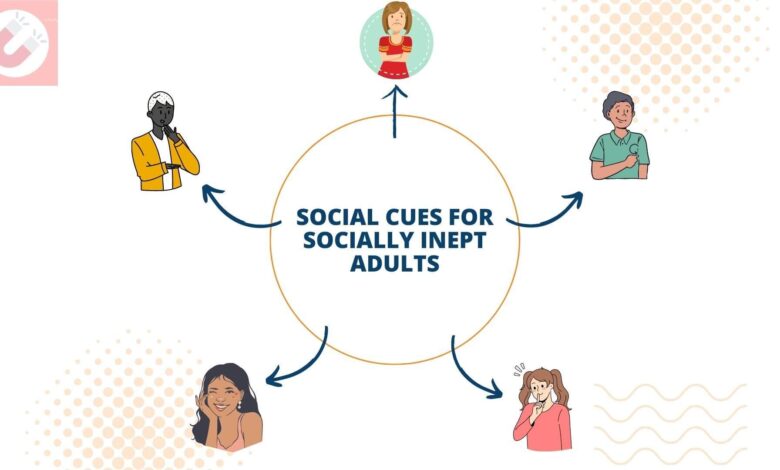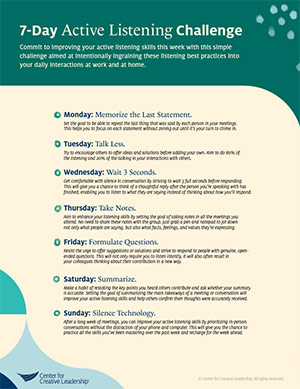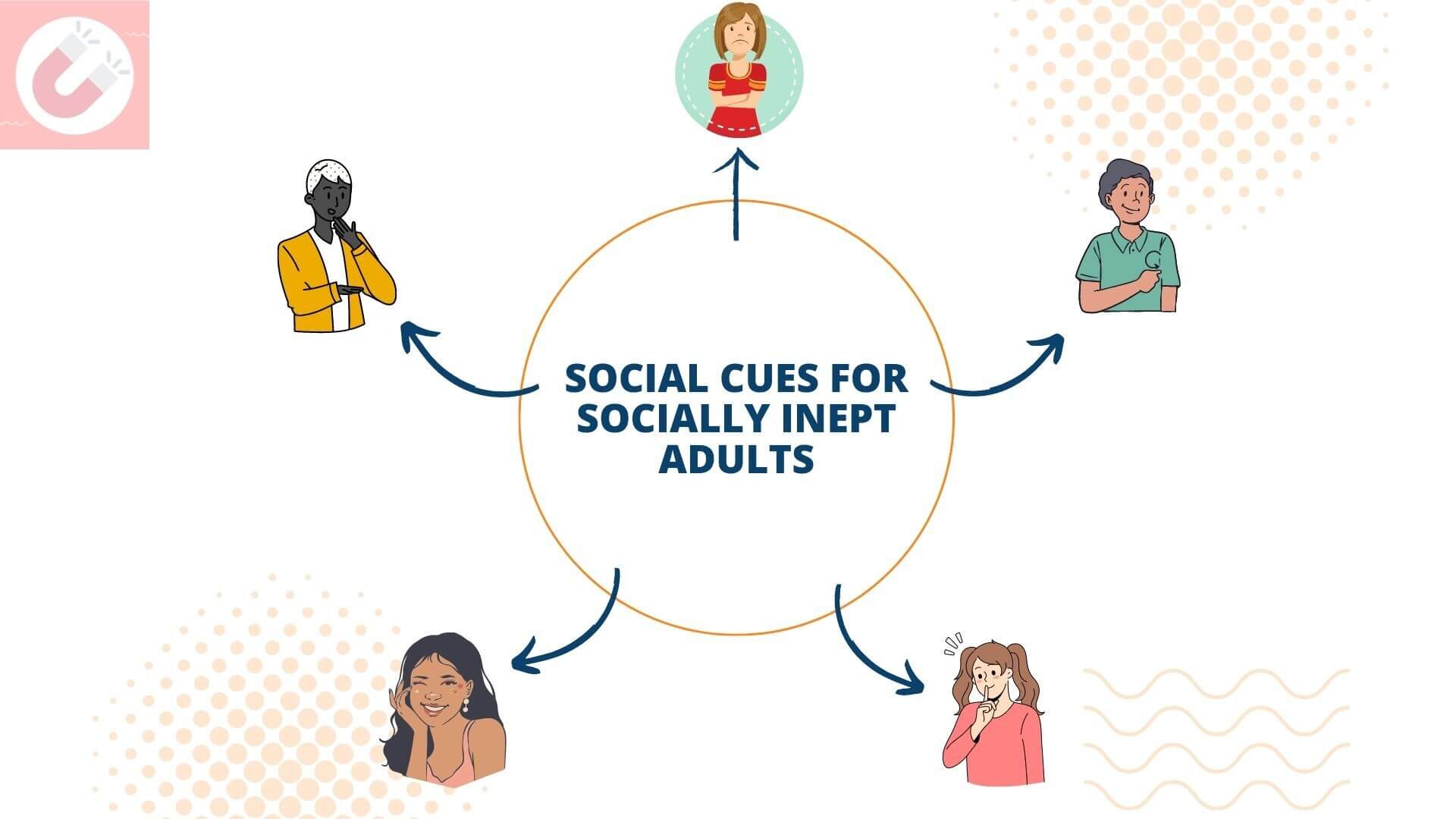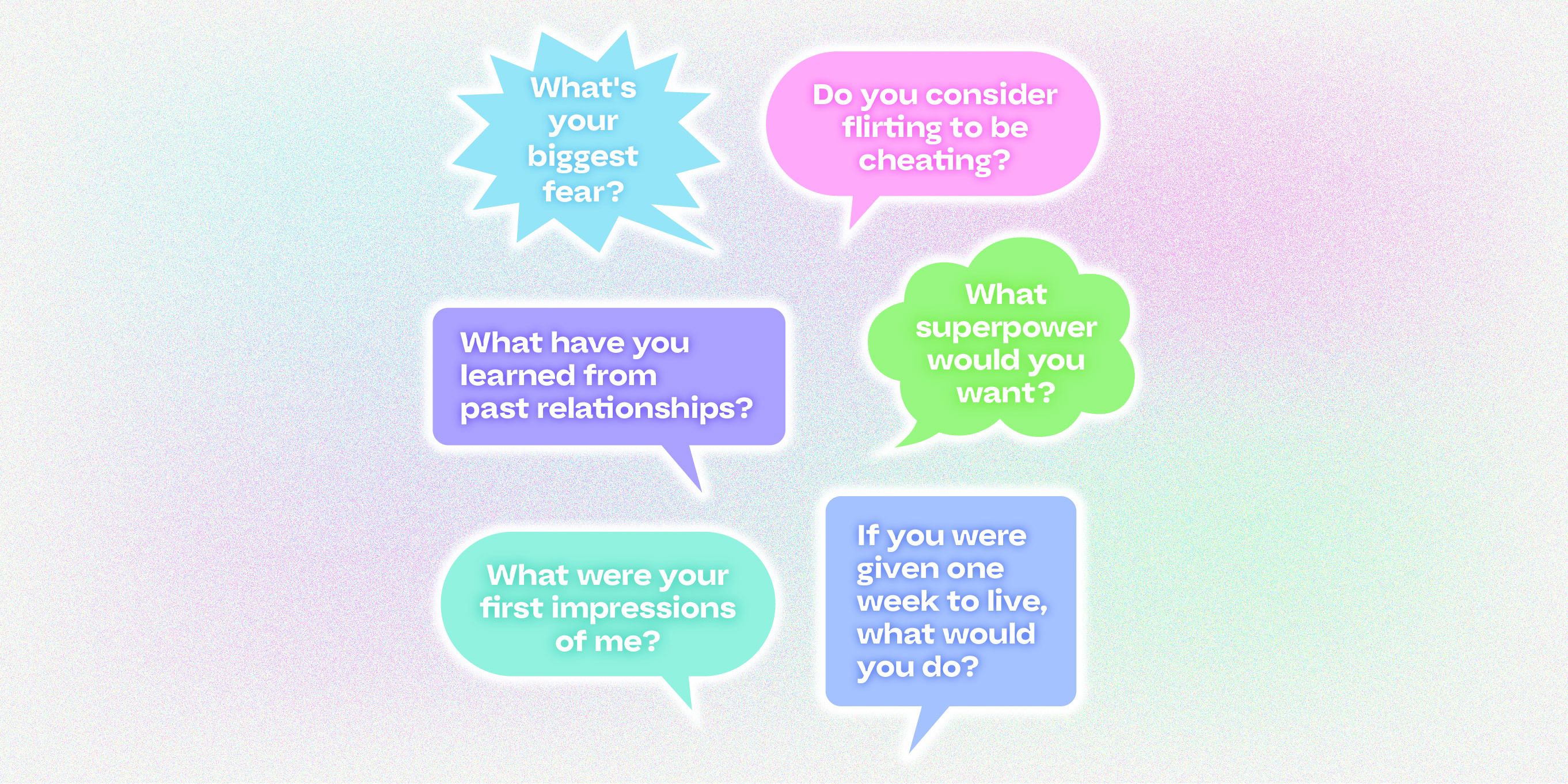How to Keep the Conversation Flowing and Make a Lasting Connection


The Importance of Conversation Flow and Connection
Why Conversation Flow and Connection Matter
In the realm of effective communication, **conversation flow** and **connection** play pivotal roles. The ability to maintain a smooth flow of conversation ensures that thoughts and ideas are exchanged seamlessly between individuals. When there is a natural flow in a conversation, it becomes easier for parties involved to comprehend and respond to each other. This leads to productive and engaging dialogues that foster understanding and mutual respect. On the other hand, **connection** is the foundation of any meaningful interaction. Establishing a connection with others allows individuals to build rapport, trust, and empathy. It creates a conducive environment for open and honest communication, which is essential for building relationships, both personal and professional.
Building a Lasting Connection through Meaningful Conversations
To cultivate a lasting connection through **meaningful conversations**, it is crucial to listen actively and attentively to the other person. By showing genuine interest in what the other person has to say, individuals can create a sense of validation and understanding. Additionally, asking thoughtful questions and sharing personal experiences can deepen the level of connection and intimacy in conversations. **Meaningful conversations** are not just about exchanging words but also about connecting emotionally and intellectually with the other person. By engaging in such conversations, individuals can forge strong bonds and relationships that stand the test of time.

The Importance of Conversation Flow and Connection
Why Conversation Flow and Connection Matter
In the realm of effective communication, **conversation flow** and **connection** play pivotal roles. The ability to maintain a smooth flow of conversation ensures that thoughts and ideas are exchanged seamlessly between individuals. When there is a natural flow in a conversation, it becomes easier for parties involved to comprehend and respond to each other. This leads to productive and engaging dialogues that foster understanding and mutual respect. On the other hand, **connection** is the foundation of any meaningful interaction. Establishing a connection with others allows individuals to build rapport, trust, and empathy. It creates a conducive environment for open and honest communication, which is essential for building relationships, both personal and professional.
Building a Lasting Connection through Meaningful Conversations
To cultivate a lasting connection through **meaningful conversations**, it is crucial to listen actively and attentively to the other person. By showing genuine interest in what the other person has to say, individuals can create a sense of validation and understanding. Additionally, asking thoughtful questions and sharing personal experiences can deepen the level of connection and intimacy in conversations. **Meaningful conversations** are not just about exchanging words but also about connecting emotionally and intellectually with the other person. By engaging in such conversations, individuals can forge strong bonds and relationships that stand the test of time.
Listening Skills and Nonverbal Cues
Active Listening Techniques
In fostering effective communication, active listening techniques are paramount. Active listening involves not only hearing the words spoken by the other person but also understanding their message, emotions, and intent. It requires focus, attention, and engaging with the speaker to convey genuine interest.
The Impact of Nonverbal Communication on Conversation Flow
Nonverbal cues, such as facial expressions, body language, and tone of voice, can significantly influence the flow of a conversation. They provide additional context to the spoken words and help in interpreting the underlying emotions and meaning behind the message. Being aware of nonverbal cues and effectively utilizing them can enhance communication and strengthen the connection between individuals.

Finding Common Ground
Identifying Shared Interests and Values
In the realm of effective communication, recognizing shared interests and values is key to establishing connections and fostering meaningful conversations. By identifying common ground, individuals can create a foundation on which to build rapport and trust. When people discover shared passions or beliefs, it creates a sense of belonging and understanding, laying the groundwork for open and engaging dialogues.
Navigating Differences to Maintain Conversation Flow
While shared interests are important, navigating differences is also crucial in maintaining conversation flow and connection. Acknowledging and respecting differing opinions or perspectives can lead to enriching discussions and opportunities for growth. By approaching differences with openness and curiosity, individuals can learn from each other and strengthen their bond through mutual understanding and acceptance of diverse viewpoints.

Asking Engaging Questions
Types of Questions to Spark Conversation
When seeking to maintain conversation flow and deepen connections, asking engaging questions is essential. There are various types of questions that can spark interesting discussions, such as probing questions that encourage individuals to share their thoughts and experiences. Reflective questions can help in exploring a topic further, while hypothetical questions can stimulate creative thinking and imaginative responses. By incorporating a mix of these question types, individuals can keep the conversation dynamic and engaging.
Open-ended Questions vs. Closed-ended Questions
In conversation, the choice between open-ended and closed-ended questions can impact the direction and depth of the discussion. Open-ended questions encourage detailed responses, allowing for more expansive exploration of ideas and perspectives. On the other hand, closed-ended questions typically elicit brief, specific answers that may limit the conversation’s scope. By strategically using both types of questions, individuals can strike a balance between gathering detailed insights and maintaining a flow of interaction that keeps all participants engaged.
Sharing Personal Stories and Experiences
The Power of Vulnerability in Building Connection
When individuals share personal stories and experiences, they open up the opportunity to connect on a deeper level. Vulnerability in communication can create an environment of trust and empathy, fostering stronger connections between individuals. By being open about one’s own experiences, individuals invite others to do the same, leading to more meaningful interactions and a greater sense of understanding.
Balancing Sharing and Listening in a Conversation
In a conversation centered around personal stories and experiences, finding a balance between sharing and listening is crucial. While sharing one’s own stories can be impactful, actively listening to others’ experiences demonstrates respect and genuine interest. Finding this balance allows for a reciprocal exchange of narratives, creating a dialogue where both parties feel valued and heard. Through this give-and-take process, connections can be deepened, and conversations can become more enriching and fulfilling.

Managing Awkward Moments and Silence
Strategies to Break Awkward Silence
When faced with awkward silence in a conversation, it can be helpful to have strategies in place to navigate through such moments. One approach is to ask open-ended questions to encourage the other person to share more about themselves or the topic at hand. Additionally, using humor or making light-hearted comments can help ease tension and fill the silence with a more relaxed atmosphere. Another strategy is to shift the focus to a new topic or share a relevant personal anecdote to keep the conversation flowing smoothly.
Turning Awkward Moments into Opportunities for Connection
Awkward moments can actually present unique opportunities to strengthen connections and build rapport with others. Instead of letting silence or discomfort derail the interaction, embracing these moments with honesty and authenticity can create a deeper level of empathy and understanding between individuals. By acknowledging the awkwardness and openly discussing it, both parties can demonstrate vulnerability and create a more authentic connection. Taking advantage of these moments to connect on a more genuine level can ultimately lead to more meaningful interactions and relationships.

Showing Empathy and Understanding
Empathetic Communication Skills
When individuals encounter awkward moments and silence during conversations, it is crucial to demonstrate empathetic communication skills. By being attentive to non-verbal cues, such as body language and facial expressions, one can better understand the emotions underlying the silence. Showing empathy involves actively listening to the other person’s words and emotions, without judgment or interruption. This helps create a supportive environment where individuals feel heard and valued.
Demonstrating Understanding and Validation in Conversations
During awkward moments, displaying understanding and validation can significantly impact the dynamics of the interaction. Acknowledging the discomfort or silence openly and empathetically can show the other person that their feelings are respected and accepted. By validating their experience, individuals can feel more comfortable opening up and expressing themselves authentically. This validation fosters trust and strengthens the bond between conversational partners, leading to more meaningful and genuine connections.

Cultivating Positive Conversational Habits
Maintaining a Positive Attitude in Interactions
When faced with awkward moments, individuals should maintain a positive attitude in their interactions. This involves staying open-minded, approachable, and non-judgmental towards the other person. By demonstrating positivity, individuals can create a welcoming atmosphere that encourages honest communication and fosters understanding.
Avoiding Common Communication Pitfalls for Better Connection
To enhance connection during uncomfortable silences, it is essential to avoid common communication pitfalls. These include interrupting the other person, being defensive, or dismissing their emotions. By steering clear of these pitfalls, individuals can build mutual respect and trust in the conversation, leading to more meaningful and authentic connections.

Cultivating Positive Conversational Habits
Maintaining a Positive Attitude in Interactions
When faced with awkward moments, individuals should maintain a positive attitude in their interactions. It is important to stay open-minded, approachable, and non-judgmental towards the other person. Demonstrating positivity creates a welcoming atmosphere that encourages honest communication and fosters understanding.
Avoiding Common Communication Pitfalls for Better Connection
To enhance connection during uncomfortable silences, individuals must avoid common communication pitfalls. This includes refraining from interrupting the other person, being defensive, and dismissing their emotions. By steering clear of these pitfalls, mutual respect and trust can be built in the conversation, leading to more meaningful and authentic connections.
Conclusion
Recap of Key Points on Conversation Flow and Connection
Maintaining a positive attitude, staying open-minded, and avoiding common communication pitfalls are essential for fostering meaningful connections. Creating a welcoming atmosphere and demonstrating understanding can lead to more authentic interactions.
Tips for Applying Strategies in Daily Interactions
To apply these strategies in daily interactions, individuals should practice active listening, show empathy, and be mindful of their non-verbal cues. By consciously implementing these habits, individuals can cultivate positive conversational skills that enhance their relationships and overall communication effectiveness.



